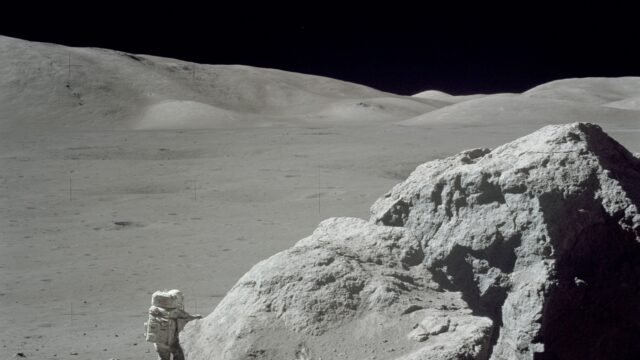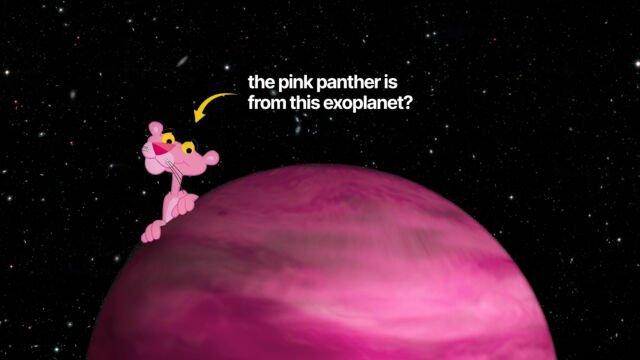ODIN Space has reached a critical milestone by activating an extremely sensitive experimental in-space sensor.
A network of these sensors may track hypervelocity particles as small as a sand grain.
The sensor technology was installed aboard the D-Orbit ION satellite as part of SpaceX’s Transporter 8 mission, which launched into orbit on June 12.
According to an ODIN Space, the demonstration gadget is acquiring data from its immediate environs.
“We’re excited to announce that our sensor has successfully powered up and is transmitting data,” James New, CEO and co-founder of ODIN space, said in the press release. “It’s an amazing achievement for our team,” he added, thanking the U.K. Space Agency, the European Space Agency’s Business Incubation Center, and others for their support.
What is ODIN’s Space Tracking Technology?
Space debris is expected to cost the space industry billions annually by 2030.
Pieces larger than 10cm are recorded and avoidable, but more than 99 per cent of debris is so small that it is invisible to existing tracking equipment and extremely harmful.
Even a 1 mm piece of debris has the energy of a bullet, making sub-centimetre (sub-cm) debris the single most dangerous hazard to space-based infrastructure.[1]
“As our dependence on satellites continues to grow, we must address the risk caused by space
debris of all shapes and sizes. That’s why it’s so promising to see this new technology from ODIN Space flying with D-Orbit and capturing data,” said Chris McQuire, Head of Local Growth at the UK Space Agency.
There is currently no method to counter the growing problem of sub-cm debris, and the ODIN Space was established to solve a vital void in the space industry.
Over the last year, the company has increased its technology readiness level (TRL) by improving sensor and electronics development, undertaking space qualification testing, and integrating third-party satellites.
As with any developing space-based technology, the next phase in the company’s journey has been to test the hardware in orbit and demonstrate that what was built and proven in the lab works in space.
The demo sensor had been calibrated to begin testing at an ultra-high sensitivity, allowing the slightest vibrations from the host satellite to be detected.
After over a week, the ODIN Space team and D-Orbit confirmed that acoustic data had been recorded.
Why is the Sensor Important?
The data collected by the demo sensor is a key step in gathering critical information about sub-cm space debris.
It moves the business closer to commercializing its sensor, which can map debris between 0.1mm and 1cm in size and location.
It will also record data that has never been recorded before the debris’s speed and trajectory.
This data will allow ODIN Space to create dynamic models of how even the smallest debris particles behave, providing crucial space situational awareness insights to anyone operating in space.
References
- ODIN Space, ‘ODIN Space on Course to Map Sub-CM Debris’, 27 June 2023, https://www.odin.space/_files/ugd/5173f5_cf3c6ec077f745afabbf80bb9278ba17.pdf.[↩]





